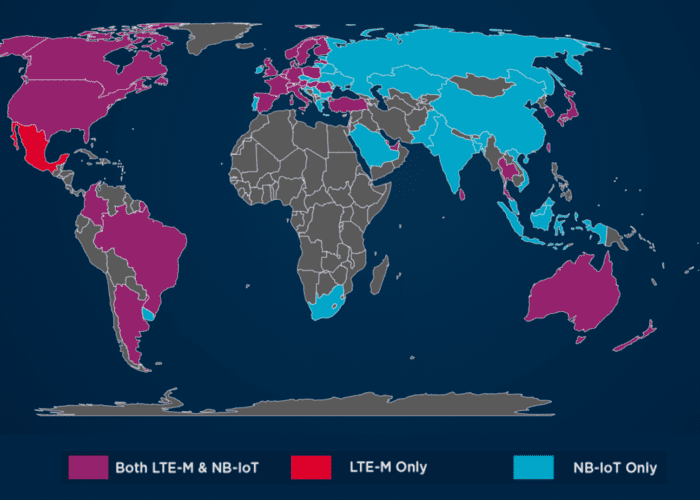Platforms and networks are the two main pillars of an IoT infrastructure. A network refers to connectivity itself: internet protocols, network service providers, and their configuration. An IoT platform is a multi-layer technology that enables straightforward provisioning, management, and automation of connected devices within the Internet of Things ecosystem.
There are many different ways that an IoT platform can be networked, usually depending on operating costs and the purpose of its deployment. IoT platforms connect hardware to the cloud by using flexible connectivity options, enterprise-grade security mechanisms, and broad data processing powers. For example, the hardware and operating system that comprise a smartphone are the user-facing part of an IoT platform, and the service providers 5G or LTE connection is part of an IoT network.
For developers, a flexible IoT platform one that can easily integrate with an IoT network provides a set of ready-to-use features that greatly speed up the development of applications for connected devices and take care of both scalability and cross-device compatibility.
What to Look for in an IoT Network
When casting around for an IoT solution, companies must evaluate exactly what an IoT network and an IoT platform can provide and their flexibility in connecting. It also is wise to clearly define the companys goals with IoT. What is the scale of your ideal IoT deployment? How fast does the network connection need to be? Is the IoT solution being provisioned and deployed in an urban area with dense wireless coverage or a remote location with minimal coverage?
Historically, IoT connectivity solutions have been more rigid, creating lock-in to certain technologies and barriers to update. This model is no longer tenable in todays fast-moving IoT world. As IoT programs can last for 10 years or more, technology needs to keep up with new regulations, frequent wireless technology transitions, evolving security processes, and global growth initiatives.
In the past, it was more important to select a robust IoT platform that could work with whatever network was ideal. While this still is necessary, more attention must be paid to finding an equally flexible network infrastructure. In the case of the Aeris Intelligent IoT Network, our goal was to design an IoT network that bridges the gap between the application and connectivity silos to deliver game-changing advantages to enterprise customers. By developing the business case, application, and solution hand-in-hand with the connectivity provider, we are able to deliver the performance and reliability that new IoT programs require. And, since the Aeris Intelligent IoT Network is one of the first 5G-ready solutions, it also is designed with dynamic new cost-efficient and easy-to-use features, such as over-the-air updates (OTA), multi-level administration, and multi-layered security solutions.
What to Look for in an IoT Platform
Again, in the case of IoT platforms, flexibility is key. IoT platforms are mediators between the hardware and application layers. Their primary tasks include data collection from IoT devices, device configuration and control, device management, and firmware updates. To be used in IoT ecosystems, a platform must support integration with any connected device and blend in with third-party applications used by those devices. Independence from underlying hardware and overhanging software allows a single IoT platform to manage any kind of connected device in the same straightforward way.
For example, the Aeris Mobility Suite is an end-to-end IoT technology stack that is modular down to the component level. Companies can leverage the entire stack or choose the components they want for their solution. With well-defined APIs in every micro-service, developers can easily integrate the AMP features they want into existing or third-party systems.
Aeris Has the Connectivity Solution for Your IoT Challenge
Aeris IoT infrastructure services provide the tools and analytics to help developers create, manage, and monitor their entire IoT system at any scale. Integrating advanced tools, network-level security protections, moving data, and other asset management solutions, Aeris provides optimal connectivity and real-time system monitoring that forms the backbone of any IoT solution.
The potential applications for the Internet of Things are bound only by developers imaginations. Whatever big idea you have for IoT, Aeris has the network and the platform to make it a reality. Our network is purpose-built for agility, flexibility, and scalability across any carrier anywhere in the world, and our platform is user-friendly and capable of handling any challenge.
To learn more about how we can help you execute your big IoT idea, contact Aeris today.




